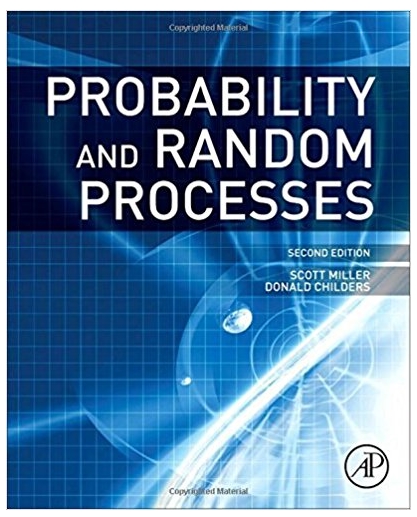Rather than separating these questions out by topic, I have incorporated everything together. This is to give you practice identifying which test is the proper
Rather than separating these questions out by topic, I have incorporated everything together. This is
to give you practice identifying which test is the proper test to use, when you are given a problem.
Depending on the test, you may have to determine various notations before we can run the test (i.e.
in ANOVA calculating G, N, k, ?X2, SS for each group, Mean for each group, etc.)
1. The data in the table below were obtained from an independent-measures experiment designed
to examine people's preferences for viewing distance of a 42-inch high-definition television.
Four viewing distances were evaluated, 9 feet, 12 feet, 15 feet, and 18 feet, with a separate group
of participants tested at each distance. Each individual watched a 30-minute television program
from a specific distance and then completed a brief questionnaire measuring their satisfaction
with the experience. One question asked them to rate the viewing distance on a scale from 1
(Very Bad?definitely need to move closer or farther away) to 7 (Excellent?perfect viewing
distance). Determine any significant differences among the four viewing distances that were
tested. ?=.05
| 9 feet | 12 feet | 15 feet | 18 feet |
| 3 | 4 | 7 | 6 |
| 0 | 3 | 6 | 3 |
| 2 | 1 | 5 | 4 |
| 0 | 1 | 4 | 3 |
| 0 | 1 | 3 | 4 |
a. What is the proper test to analyze if there are significant differences among the four
viewing distances? (Independent Samples T-test, Dependent Samples T-test, or ANOVA)
b. Conduct the complete hypothesis test.
c. Compute the effect size and (if necessary) any post hoc tests.
d. State all of your conclusions
2. An investigator in child development research is studying the development of object
permanence in infants. She tests three different age groups of ten infants, where each infant is
given ten trials with a toy. The number of trials on which the infant showed object permanence
is then recorded. ?=.05. The researcher wants to know if there are developmental differences in
object permanence at different ages.
| 9 months | 12 months | 15 months |
| 8 | 10 | 10 |
| 3 | 5 | 8 |
| 4 | 6 | 9 |
| 6 | 7 | 9 |
| 5 | 6 | 8 |
| 4 | 5 | 7 |
| 9 | 10 | 9 |
| 2 | 3 | 6 |
| 0 | 3 | 6 |
| 1 | 3 | 8 |
a. Find the values for n, T, SS for each group, and Mean for each group.
b. Find the values for k, N, G, and ?X2.
c. State the hypotheses
d. Find the critical region.
e. Find the test statistic.
f. State your effect size. State in terms of the percentage of variance accounted for
g. If there IS a significant effect, conduct post-hoc analyses using Tukey's HSD.
h. State your final conclusions including results of the hypothesis test, effect size and post-
hoc analyses.
3. Calculate Tukey's HSD and determine which pairwise comparisons are significantly different
based on the following data. ?=.05




M= 5, M2 4, M3=1 MS within 2, dfwithin=15, n=4
Step by Step Solution
There are 3 Steps involved in it
Step: 1

See step-by-step solutions with expert insights and AI powered tools for academic success
Step: 2

Step: 3

Ace Your Homework with AI
Get the answers you need in no time with our AI-driven, step-by-step assistance
Get Started


